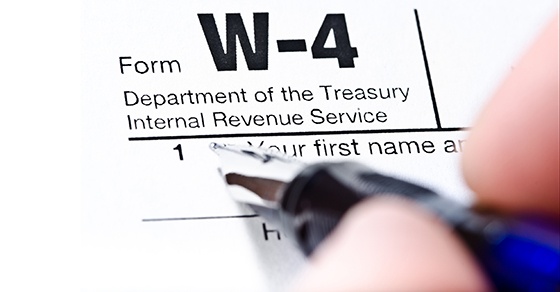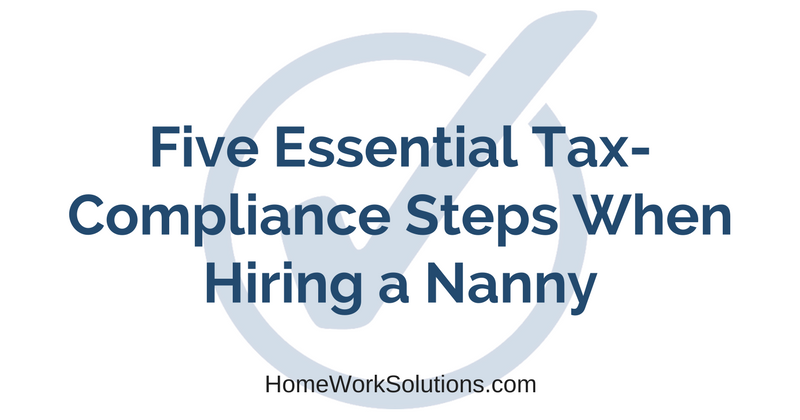Hiring a nanny is an important decision and there are likely many questions going through your mind. Setting hours and understanding how much to pay your nanny is an important part of the process, and there are various terms that are used that you may be confused about. Salary* and guaranteed hours are terms that are often used interchangeably, but in fact, they are completely different. If you’ve wondered what guaranteed hours are, we’ll break it down here for you.
Read More
Topics:
nanny,
agency,
senior,
CPA
Minimum wage and overtime laws are contained in a complex assortment of Federal, state and local laws and ordinances.
Read More
Topics:
nanny,
agency,
senior,
CPA
If you received a large refund after filing your 2017 income tax return, you’re probably enjoying the influx of cash. You may have had a hefty bill as well. Ideally your tax return should have you just about even with the government, no large refund and no big bill. It’s almost impossible to come out square but being only a couple hundred dollars off one way or another is pretty good. If you aren’t close you might want to consider adjusting your withholding. That process is a little more complicated for 2018.
Read More
Topics:
nanny,
agency,
senior,
CPA
Employees don’t always fill out their W-4 forms accurately. For example, some may wrongly write “exempt” on the withholding portion of the form to ensure that no federal or state tax is withheld. Others may be inadvertently under withholding because of recent tax law changes.
Although the employees themselves are liable for improperly completing their W-4s, you can do them a favor by reminding them of possible mistakes. After all, the IRS may eventually come calling on your organization if someone appears to be under withholding.
Read More
Topics:
nanny,
agency,
senior,
CPA
The Federal government enacted the Family and Medical Leave Act (FMLA) a quarter century ago to make it easier for workers to take job-protected leave to care for their newborns and other family members with serious health conditions. While this was landmark legislation in the employment law arena, critics have consistently pointed out that the law only applies to employers with 50 or more employees, and that the leave is unpaid.
Read More
Topics:
nanny,
agency,
senior,
CPA
You have a busy life and having a nanny or caregiver step in to help is a huge help, one you depend upon. But, sometimes things happen that throw you for a loop. What do you do when your caregiver calls in sick or other life emergencies happen? Here are some helpful tips.
Read More
Topics:
nanny,
agency,
senior
It's no secret that Americans are living longer, experiencing slower physical and mental declines in old age, and have a strong preference - both emotionally and economically - to age-in-place. The inevitable physical and mental declines, however, are key triggers for the need for in home support services so they can make that happen.
Read More
Topics:
agency,
senior,
CPA
A nanny will become an essential member of your household, caring for the most precious part of your life. So it’s a sensible decision to onboard a nanny (or any household employee) the correct way. These four steps will ensure that your nanny can begin work without delay and, come tax season, you or your tax preparer will have the necessary elements to file correctly.
Read More
Topics:
hiring a nanny,
nanny,
nanny tax,
nanny tax compliance,
agency,
senior,
CPA
If you’re a senior caregiver or nanny and you’re unemployed indefinitely, you can qualify for unemployment benefits. If you’re looking for temporary work but are afraid of losing your unemployment benefits, here is some helpful information that can help you determine if you can take temporary work assignments but keep receiving unemployment benefits.
Read More
Topics:
nanny,
agency,
senior
What 2017 tax records can you toss once you’ve filed your 2017 return? The answer is simple: none. You need to hold on to all of your 2017 tax records for now. But it’s the perfect time to go through old tax records and see what you can discard.
Read More
Topics:
nanny,
agency,
senior










